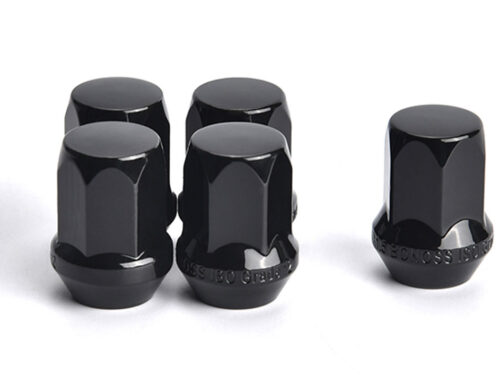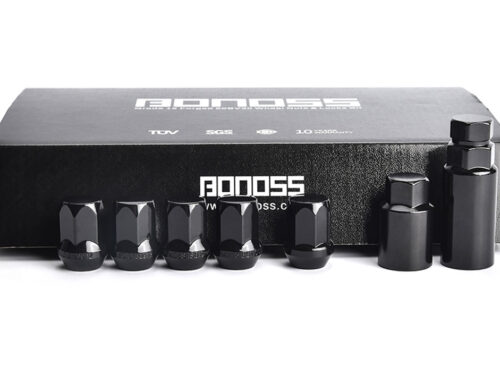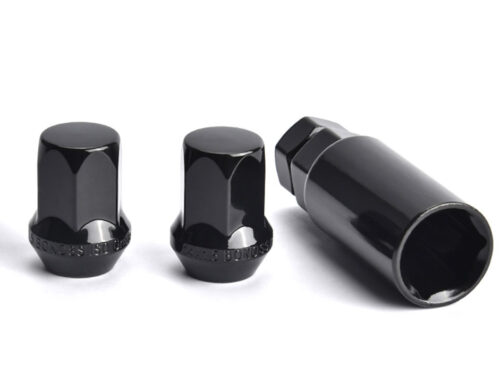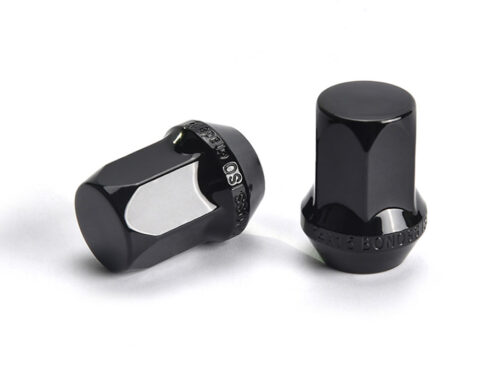Although aftermarket wheels and tires are designed to enhance the exterior and performance of your vehicle, when copping your new Nissan 400Z some new rims and realizing they’re not sitting quite so flush in the fenders as you’d hoped, wheel spacers are sometimes the perfect solution to your fitment issues. The Nissan 400Z wheel spacers have been widely used as a cost-effective practice among many racing enthusiasts. They are designed for adding more backspacing while providing a sporty look. Keeping the backspacing correct allows enough room for your suspension, brake, and steering systems to operate without interference from the big wheels and tires. With various thickness 400Z wheel spacers, you are able to control how far out your wheels can be. This is not only to solve the problem of the wrong offset but also more effectively end the hitting of the wheel on either the brake calipers or coilovers. There are a few things that can help you quickly find out which 400Z spacers you need. (Above photos from https://www.nissanusa.com/)
How to Measure Nissan 400Z Wheel Spacers?
Some 400Z owners only intend to push their wheels out a bit for the ultimate fitment, a smaller spacer such as a 15mm may be sufficient, others may need a 1-inch or even 2-inch aero spacer for completing the look of a widebody 400Z. If you have added those sexy aftermarket wheels, make sure you have Nissan 400Z spacers of the proper thickness to correct the wrong offset. There is a simple trick to figure out how thick spacers you need to get the wheels flush the fender. Preparing a straight edge metal ruler, place the straight edge on the outermost part of the rims where the wheel comes closest to the fender (preferably the top), then, measure from the outside wheel to the straight edge. This distance is the size spacer you will need to achieve the look that flushes or nearly flushes with the fender. If you had clearance issues at the brake, then the thickness depends on the increased height of the caliper. If it is the rim ET/offset issues, then the thickness depends on the change amount, for example, your stock wheels’ ET is 40, you would like to install an ET 65 wheel, then you need 25mm thick spacers to correct the wrong offset.

Types of Nissan 400Z Wheel Spacers
- If you feel the need to go over 15mm, we’d recommend bolt-on Nissan 400Z wheel spacers. Bolt-on spacers are bolted to the existing studs with the provided lug nuts and then using your stock lug nuts to secure the wheel on the new studs pressed into the spacer. This ensures you can fully engage the lug nuts. You don’t have to change to longer wheel studs. The adapter style is more functional in that they can be built to bolt pattern conversions, such as 20mm 5 to 6 spacers, 5×4.5″ to 5×5.5″ spacers, 5×114.3 to 5×120 adapters, and others. Generally, they are regarded as being somewhat easier to install than the slip-on style.
- If you feel the need to go less than 15mm, then we’d recommend slip-on 400Z spacers with longer studs. Slip-on wheel spacers slide over your existing wheel studs. They are sandwiched between the hub assembly and the wheel. It is critical to ensure your factory studs are long enough for the proper thread engagement. At the minimum, thread engagement length must be equal to or greater than the diameter of the fastener. In other words, if the stud is 12mm in diameter, the nut must engage onto the stud by at least 12mm. If not, you can change to thinner spacers or get longer and stronger studs installed. When purchasing these, check and make sure they are compatible with your wheels and bolt patterns.





